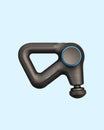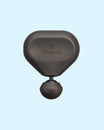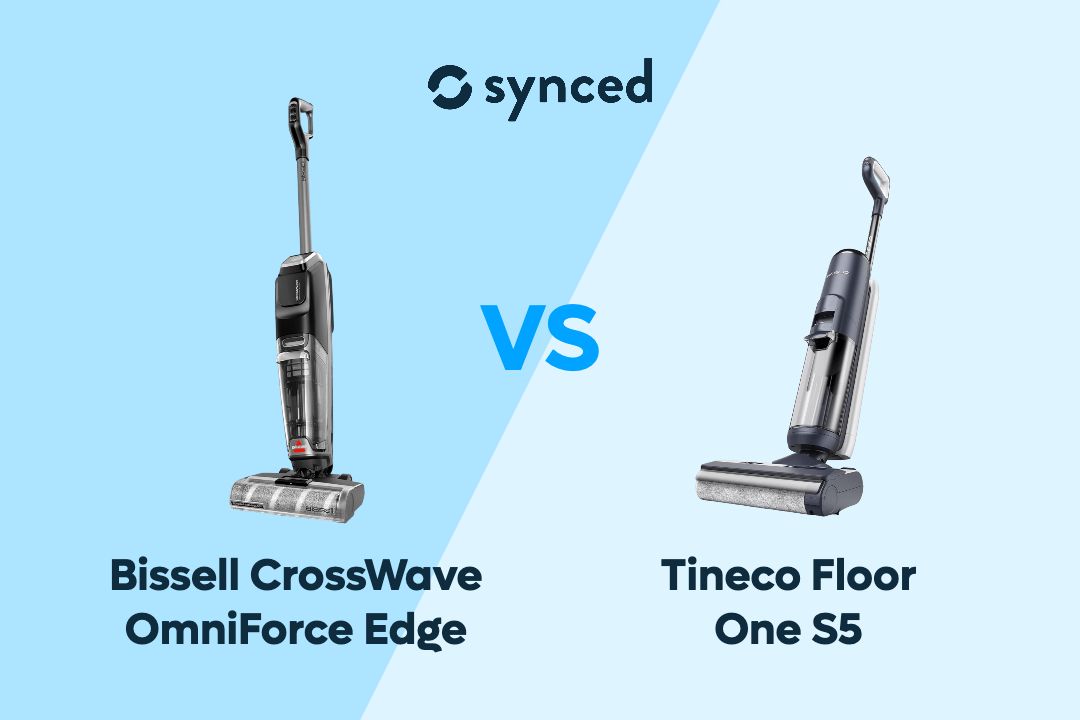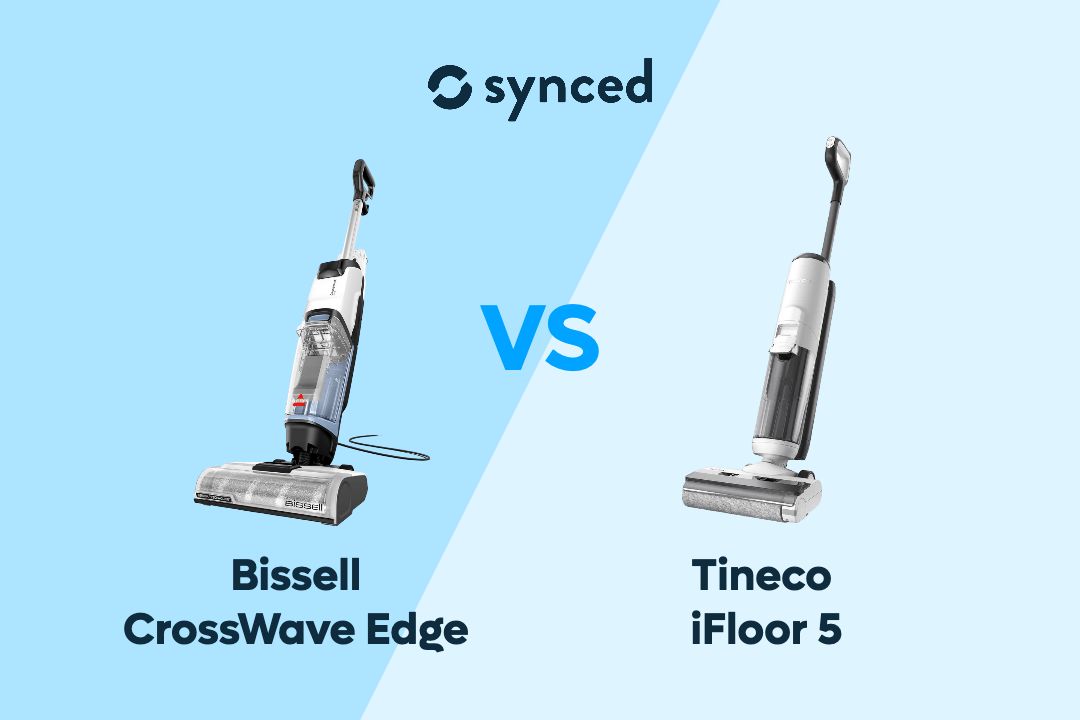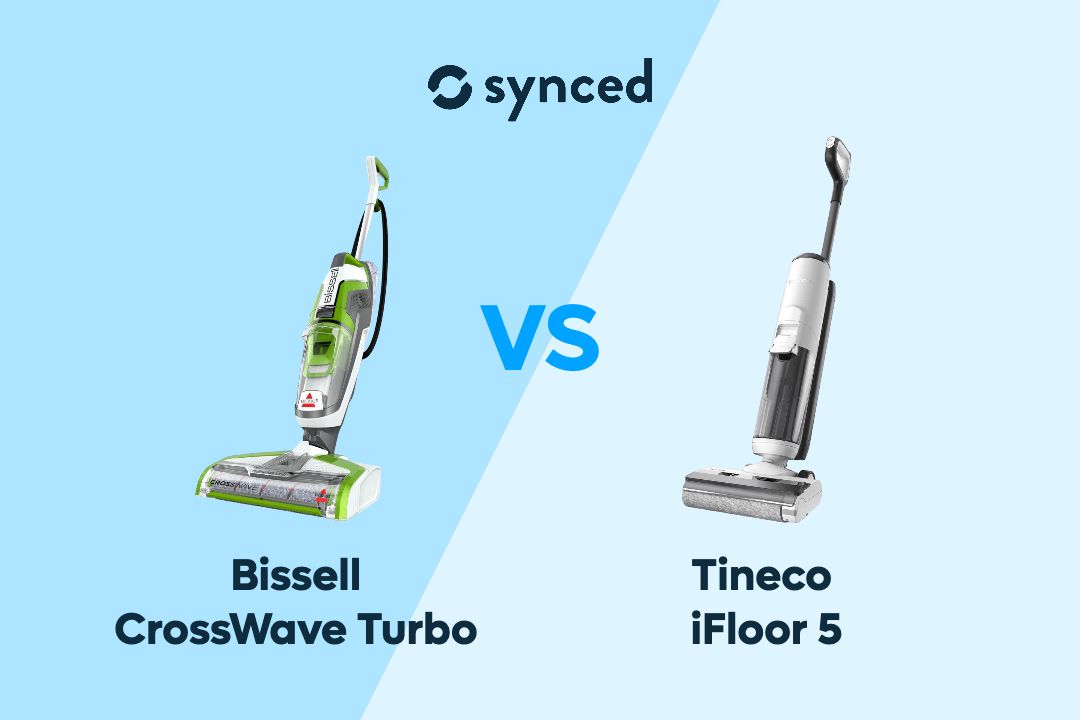Samsung Q70D vs Q80D: Which is Better For You?
Naila Syifa
Updated February 2025

If you're looking for a smart TV with QLED technology, the Samsung Q70D and Q80D are two models worth considering. They are among the 2024 lineup of Samsung's QLED TVs, with the Q70D being the mid-range offering while the Q80D is the higher-end model with additional features and performance. Let's take a closer look at how these two TVs compare!
Key Takeaways
While both TVs offer 4K/120Hz displays and robust gaming features, the Q80D justifies its higher price with Direct Full Array backlighting, superior AI processing, Dolby Atmos sound, and FreeSync Premium Pro. The Q70D remains a solid mid-range choice with similar smart features and connectivity options.


Samsung Q70D
2024 Mid-Range QLED 4K TV
✓ Quantum Processor 4K
✓ 100% Color Volume
✓ Motion Xcelerator Turbo
✓ FreeSync Premium

Samsung Q80D
2024 Premium QLED 4K TV
✓ NQ4 AI Gen2 Processor
✓ Direct Full Array
✓ Motion Xcelerator Turbo
✓ FreeSync Premium Pro
Display

Samsung Q80D
Both TVs have the same 4K resolution and 120Hz refresh rate, with the Motion Xcelerator Turbo feature ensuring smooth motion and reduced blur during fast-paced scenes. The Quantum Dot technology on both TVs delivers accurate and vibrant color, while the AI Upscaling feature helps upscale lower-resolution content to 4K quality.
However, powered by different processors, they eventually differ in their overall image performance and quality. The NQ4 AI Gen2 Processor in the Q80D uses AI and 20 neural networks to enhance resolution, brightness, contrast, and motion more effectively than the Q70D's Quantum Processor 4K.
Samsung Q80D also uses Direct Full Array backlighting, which spreads the LEDs across the entire panel and directly behind the screen. This results in more precise and accurate contrast than the Q70D, which uses Dual LED backlighting. It simply uses two types of LEDs with different color temperatures to produce realistic imaging.
The Q80D also features Quantum HDR +. It is a step up from the standard Quantum HDR on the Q70D, providing a wider dynamic range and improved HDR performance.
For even better image quality, the Q80D also adds a Real Depth Enhancer for more realistic and immersive depth perception, as well as HDR Brightness Optimizer for higher visibility in any lighting.
Audio

Samsung Q70D
Samsung Q80D uses a 2.2-channel speaker setup. It is similar to the 2-channel setup on the Q70D, but with the addition of two subwoofers for deeper and more powerful bass. This also results in a more powerful audio output of 40W compared to the 20W output of the Q70D.
The Q80D also offers Dolby Atmos, which provides an immersive multi-dimensional surround sound experience. While the Q70D lacks Dolby Atmos, you can still enjoy some level of virtual surround sound thanks to the Object Tracking Sound (OTS) Lite feature, which the Q80D also has.
Other audio features that both TVs commonly include are 360 Audio, Q-Symphony for synchronized audio with compatible Samsung soundbars, and Adaptive Sound+/Pro for sound optimization based on the content and the room's characteristics.
Smart Features

Samsung Q80D
Overall, Samsung Q70D and Q80D offer a similar set of smart features. The Tizen OS gives access to a wide range of streaming apps and services, and you'll get free access to 2700+ channels with the Samsung TV Plus.
Both TVs have built-in Alexa and Bixby for voice assistant, but you can also connect to Google Assistant or Amazon Alexa via compatible speakers. They can also serve as a SmartThings Hub or Matter Hub to control compatible smart home devices.
Lastly, the Multi View on both TVs allows you to watch up to two content sources simultaneously on the screen, such as watching yoga tutorials while also watching a movie.
Gaming Features

Samsung Q70D vs Q80D
With an Auto Game Mode, both TVs will automatically switch to a low latency gaming mode when a gaming signal is detected, so gamers can enjoy a smooth and responsive gaming experience.
Gaming Hub on both TVs provides access to cloud gaming services so you can play games even without a console, while the Game Bar allows you to quickly access and adjust your gaming settings.
Both TVs also support variable refresh rate (VRR), which helps reduce screen tearing and deliver a more fluid gaming experience. However, the Q70D supports FreeSync Premium while the Q80D supports FreeSync Premium Pro, which is more advanced with HDR support and more.
Connectivity

Samsung Q70D
Both TVs offer the same connectivity ports with no differences to note. The Samsung Q70D and Q80D have two USB-A ports and four HDMI ports. All of the HDMI ports on both TVs also support up to 4K/120Hz input rate, so they can handle high-performance gaming consoles.
In terms of wireless connectivity, the Q70D and Q80D also support the same Wi-Fi and Bluetooth 5.2, so you can expect similar wireless performance and connectivity between the two models.
Samsung Q70D vs Q80D
Final Thoughts

Samsung Q80D
The choice between the Samsung Q70D and Q80D ultimately comes down to your specific needs and budget. If you're looking for the best overall image quality and performance, the Q80D with its more advanced processor, Direct Full Array backlighting, Dolby Atmos, and FreeSync Premium Pro may be worth the extra investment.
However, the Q70D still offers excellent QLED image quality, a wide range of smart features, and solid gaming performance at a more affordable price point. Depending on the size of your room, lighting conditions, and intended usage, either of these QLED TVs can be a great addition to your home entertainment setup.
If you like to read more about Smart TV, check out our other relevant guides here:
Samsung Q60D vs Q70D
Samsung Q60D vs Q80D
Samsung Q80D vs QN85D
Samsung Q60C vs Q60D
Samsung Q70C vs Q70D
Samsung Q80C vs Q80D
Author

Naila Syifa
Naila has spent over 1,800 hours researching, exploring, and writing about the latest trends in technology, consumer electronics, and smart home gadgets.
Don't miss out on tech
Subscribe to our newsletter to stay up to date on the latest tech trends and guides on the best gadgets around.


